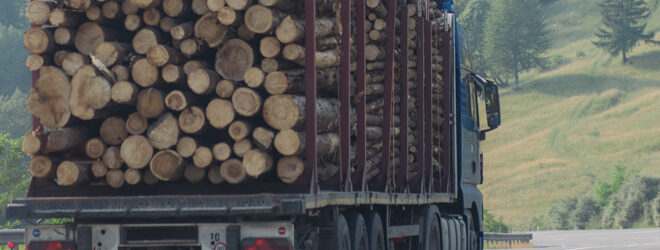The use of open-flame and spark producing devices, also known as hot work, is among the leading causes of fires and explosions in North America. Procedures that involve the use of hot work include welding and cutting, thawing pipes, torch applied roofing, and soldering. Despite the dangers, hot working is an integral part of many businesses.
To prevent property damage and employee injury, it’s important that your business outlines a clear policy to promote hot work safety. Generally, it’s best to perform hot work during normal business operations.
In terms of where the hot work occurs, here are a few key safety tips to keep in mind:
- Install seamless, sealed, non-combustible walls and floors to help prevent sparks from escaping the hot work area.
- Keep a serviced fire extinguisher nearby and train staff to properly use it.
- Keep flammable liquids and combustibles at least 11 meters (35 feet) from the hot work area.
- Use thermal barriers to protect flammable liquids and combustibles that can’t be removed.
- Sweep the surrounding area before performing hot work.
- Install welding curtains, screens and an exhaust system, if necessary.
- Regularly maintain and clean the area to keep it in proper working order.
All employees performing hot work should be properly trained. You should appoint trained fire watch individuals, fire wardens and supervisors with experience in hot work.
Consider implementing the safety precautions below with all employees:
- Provide personal protective equipment (PPE) to any employees in the hot work area.
- Avoid tasks that create flammable vapours or combustible dust while hot work is taking place.
- Stop all hot working activity 30 minutes before lunch, breaks, and the end the of day.
- Make sure no one is ever performing hot work alone in the shop.
- Conduct a fire watch for a minimum of 60 minutes after completing hot work.
- Post a checklist of key safety tips for employees to refer to in a conspicuous place.
Off-site hot work safety reminders
If you must perform hot work at a client’s site, find out if the facility has a hot work management program in place. When performing the work, document all of your actions and obtain your client’s approval and sign-off. The on-site safety tips mentioned above can also be applied to any off-site operation.
Finally, make sure you are clear about the terms of your insurance policy, especially in terms of liability coverage for hot work. If you are unsure, contact your coverage provider before any hot work is performed. Tell us more about your business and get started on your tailored insurance solution, so you can keep on performing your best hot work!




